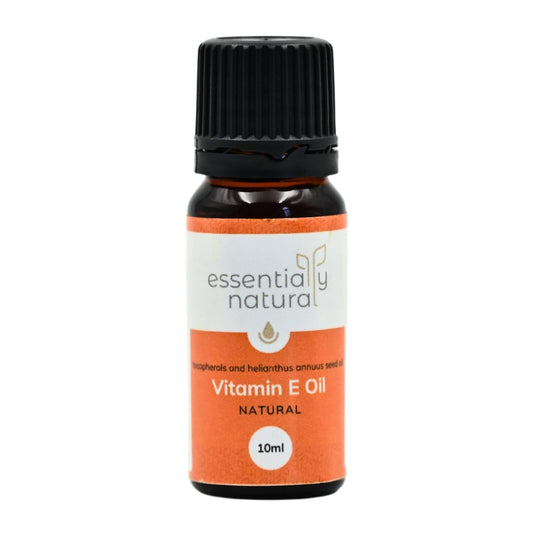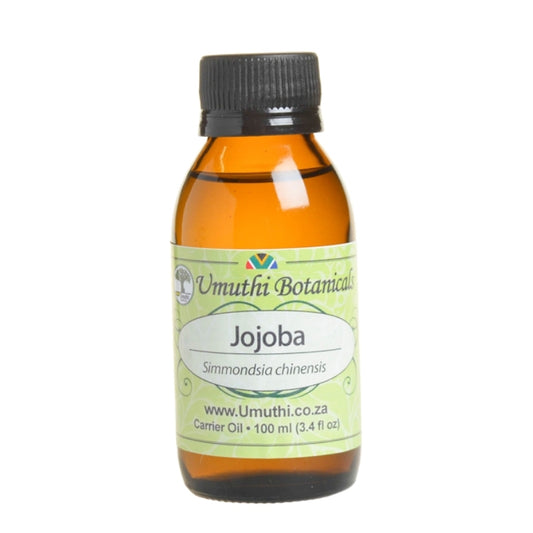
Why Babassu Oil Might Be the Solution You Didn’t Know You Needed
Cayla MandeanIf you're familiar with the world of natural beauty, chances are high that coconut oil has crossed your path at some point. It's the all-in-one fix for everything-moisturising dry skin, reducing the appearance of stretch marks, helping with skin conditions like eczema or atopic dermatitis, smoothing out frizzy hair, and giving DIY beauty recipes that extra touch of "fancy". Maybe you've grabbed it, full of hope and excitement, ready to achieve that nourished, glowing skin everyone talks about.
While coconut oil can work like magic for some, it doesn't sit well with everyone. If you've found yourself staring at surprise breakouts or dealing with stubborn clogged pores after using it, you have grounds to blame its comedogenic nature. The effects are intensified if you have acne-prone skin. Or in the rare instance, you have a coconut allergy.
The truth is, not all oils are one-size-fits-all, especially since we are all unique, and have particular preferences and skincare needs. If coconut oil hasn't been your friend, don't worry-there's a lighter alternative waiting to become your new skincare bestie!
Introducing, Orbignya oleifera seed oil, commonly known as Babassu Oil and a wonderful alternative to coconut oil. Extracted from the seeds of the Babassu palm tree, Babassu Oil carries similar benefits to coconut oil but with a lighter, non-greasy texture. It has a faster absorption rate, so I am sure you can see why it is a valuable addition to skincare, haircare, and DIY beauty formulations.
Babassu Oil's non-comedogenic nature also means you can finally experience deep moisture without the fear of breakouts. How amazing is that?
Nutritional Composition of Babassu Oil
Babassu Oil is full of essential fatty acids and nutrients that nourish and protect the skin. Some of its primary components include:
- Lauric Acid: Recognised for its potent antibacterial, antifungal, and antimicrobial properties, lauric acid effectively combats acne-causing bacteria and fungal conditions, making it ideal for managing acne-prone skin and inflammatory skin conditions. Additionally, it supports wound healing by promoting tissue regeneration and reducing inflammation.
- Myristic Acid: This fatty acid plays a crucial role in restoring and maintaining the skin's lipid barrier, which helps shield against environmental damage. It provides intense hydration by locking in moisture, leaving the skin soft, smooth, and resilient.
- Linoleic Acid: An essential fatty acid famous for its nourishing and soothing qualities. It helps reduce inflammation, support skin cell renewal, and improve overall skin texture. It also enhances the skin's barrier function, making it particularly beneficial for dry, sensitive, or irritated skin.
- Palmitic Acid: Supports moisture retention by reinforcing the skin's protective barrier. It prevents water loss and maintains hydration, leaving the skin feeling supple and hydrated.
How to Use Babassu Oil in Your Skincare Routine
- Moisturising Face Oil: Add a few drops of Babassu Oil to your daily moisturiser or use it alone as a hydrating Oil serum.
- Body Butter: You can incorporate it into this fabulous DIY body butter recipe or make this basic whipped body butter for beginners. If you want a great stretch mark body butter, try making this DIY stretch mark formula.
You can also try making our incredibly soothing salve, which can be applied on stretch marks, shaving nicks and wounds that need help fading. It can also help calm inflammation or moisturise dry patches on the skin. It is non-comedogenic (unlikely to clog pores aka cause comedomes), which is great for all skin types. So rest assured, acne-prone skin - this one is also great for you!










